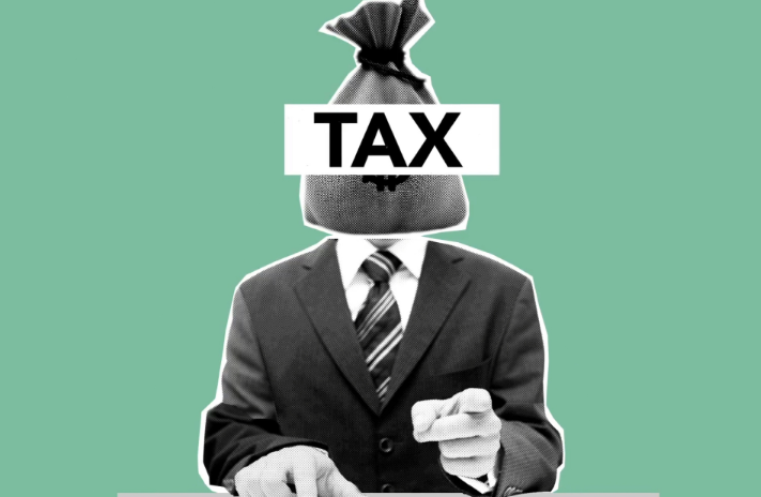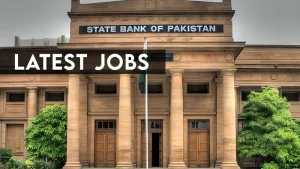Islamabad, Mar 25, 2025: Salaried individuals in Pakistan have contributed a staggering Rs. 331 billion in income tax during the first eight months of the fiscal year.
This amount is Rs. 120 billion more than what was paid in the previous period, yet they continue to bear the brunt of rising living costs without any significant social benefits.
Shockingly, this tax contribution is 1,350% higher than the Rs. 23 billion collected from retailers.
Despite this immense burden, the government did not advocate for any relief for salaried employees during its recent discussions with the International Monetary Fund (IMF).
Compared to last year, their tax payments have already surpassed expectations, exceeding the Rs. 75 billion target by Rs. 45 billion.
Failed Attempts to Expand Tax Base
While salaried individuals continue to be overtaxed, efforts to bring traders into the tax net have largely failed.
The Tajir Dost scheme, which aimed to generate Rs. 50 billion, has significantly underperformed, further exposing the imbalance in the country’s taxation policies.
Additionally, the government attempted to negotiate tax reductions for the real estate sector with the IMF, but no concrete progress was made.
Read More:
Businessmen Asks to Cut GST Rate for Next Budget
Meanwhile, Finance Minister Muhammad Aurangzeb has directed the Federal Board of Revenue (FBR) to reassess salary taxation, but no discussions with the IMF have been initiated.
Struggles to Meet Revenue Targets
Pakistan’s tax machinery is struggling to meet its ambitious revenue goal of Rs. 12.97 trillion for the fiscal year.
Currently, there is already a Rs. 605 billion shortfall, and the situation looks bleak.
For March alone, the government set a collection target of Rs. 1.22 trillion, but only Rs. 515 billion has been collected so far.
With Eid holidays approaching, a significant revenue gap is expected.
The growing tax disparity in Pakistan continues to burden the salaried class, while ineffective policies fail to bring traders and real estate stakeholders into the tax net.
With no concrete relief measures in sight, many are left questioning whether the government will address these financial challenges or continue to place the bulk of the tax load on employees.









